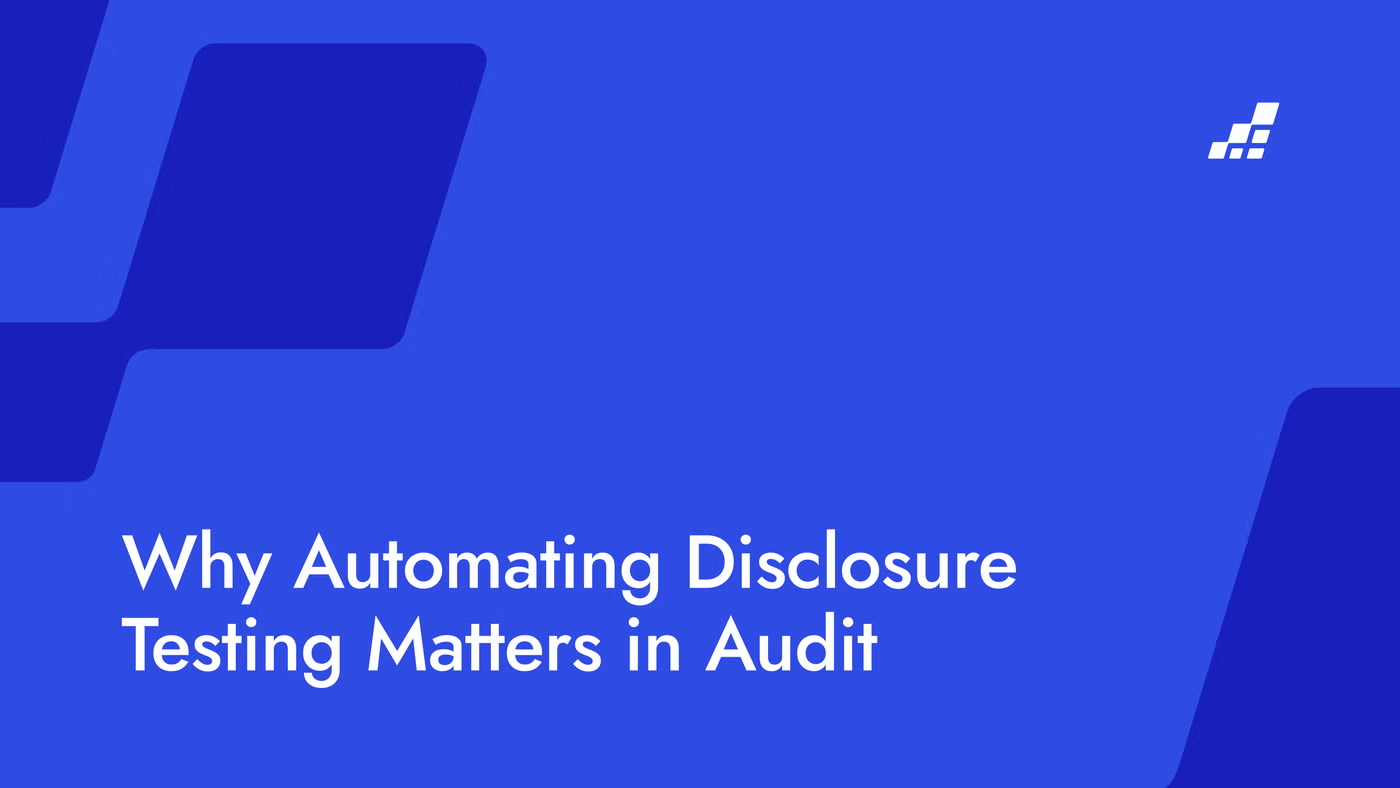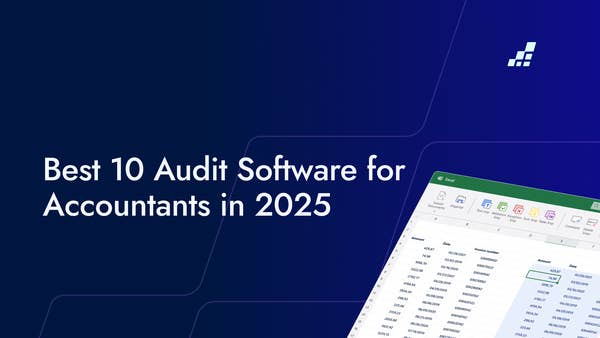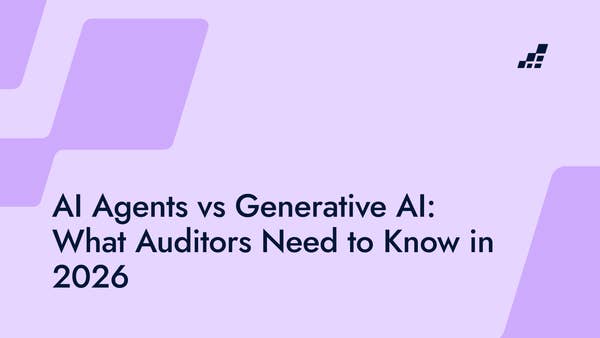- /
- Blog
Why Automating Disclosure Testing Matters in Audit

Disclosure testing has always been one of the most time-consuming and judgment-heavy parts of financial reporting. For many finance teams and auditors, it feels like a mix of detective work, legal fine-print reading, and ticking endless boxes.
Yet despite the monotony, it carries massive consequences: omitted or misstated disclosures can mean qualified opinions, regulatory scrutiny, or reputational damage.
So why does disclosure testing remain such a pain point — and why is automation finally starting to matter?
The challenges of manual disclosure testing
1. It’s 90% detective work, 10% ticking boxes
Disclosures aren’t neatly listed in one place. They’re scattered across the financial statements, footnotes, and sometimes even outside the package (think: management commentary). Auditors must hunt for every requirement across IFRS, US GAAP, or local GAAP, then cross-check against what’s presented. Standards evolve annually, so the checklist is never static.
2. Standards read like a choose-your-own-adventure novel
Disclosure requirements are buried in dense paragraphs across multiple standards. Auditors often need to cross-reference definitions, scopes, and exceptions spread across IFRS amendments or interpretations. Many rules are conditional (“if material,” “unless impracticable”), demanding careful judgment and documentation.
IFRS Foundation guidance itself acknowledges the complexity and subjectivity inherent in disclosure requirements.
3. No two clients look the same
Even within one industry, disclosure language, order, and presentation vary widely. You can’t simply Ctrl+F “contingent liability” and call it a day. What looks like coverage of IAS 37 for one client might be a subtle omission for another.
4. High risk, low glamour
Disclosure testing rarely gets the spotlight, yet a missing note can trigger significant regulatory issues. As European enforcement reports show, even small omissions can erode investor trust and invite regulatory scrutiny.
5. Tools haven’t caught up
Most audit software excels at numerical testing, not at reviewing unstructured text. Disclosure testing requires semantic understanding, not just sampling. Without AI or NLP, auditors are left with manual review under the pressure of busy season deadlines.
Why automation matters for disclosure testing
Automation doesn’t mean eliminating professional judgment. It means freeing teams from repetitive, low-value tasks so they can focus on interpretation, analysis, and advising clients. Here’s how automation is changing the game:
- Efficiency without compromise Automation can reduce hours of manual review into minutes. Instead of manually hunting through 200-page reports, auditors can review AI-assisted suggestions.
- Transparency in evidence Automated tools can link each disclosure directly to verifiable snippets of financial statements, creating a clear, auditable trail. This builds confidence for both preparers and reviewers.
- Scalable delegation With guided workflows and AI-assisted suggestions, junior team members can contribute meaningfully, while senior reviewers focus on high-judgment calls.
- Consistency across engagements Automated systems track progress and ensure requirements aren’t overlooked — critical for large, multi-subsidiary audits.
- Focus on what matters most Less time chasing checklist items means more time delivering insights that actually shape business decisions.
Looking ahead: the role of AI in disclosure compliance
Disclosure testing will always require professional skepticism and judgment. But the balance is shifting: instead of burning 8–12 hours on manual slog, teams can spend 1–2 hours on high-value review with the support of AI-powered workflows
As regulators continue pushing for more transparency and consistency in financial reporting, automation isn’t a luxury — it’s becoming a necessity.
How DataSnipper Disclosure Agents will take it further
Automation on its own solves part of the problem. The real transformation comes when automation is seamlessly embedded into the workflows finance teams already live in every day, and that’s exactly the promise of Disclosure Agents.
- Automated disclosure checklist reviews directly within financial statement workflows.
- Transparent, audit-ready trails by linking each requirement to clear supporting evidence.
- Structured, guided workflows that let junior staff contribute confidently under senior oversight.
- Time saved and errors reduced, giving teams more capacity for analysis and advisory work.
As Vidya Peters, CEO of DataSnipper, explains, “We want to solve problems across the audit value chain. For example, we’re launching a new agent for disclosures. Auditors have to answer hundreds of questions, which exposes them to compliance risks and is error-prone. It takes hours or days. Our AI agent will take the first pass, allowing auditors to act as reviewers rather than manual doers.”
By combining the efficiency of automation with the trust of Microsoft infrastructure, Disclosure Agents give financial statement preparers and auditors the best of both worlds: speed and compliance, transparency and confidence.

.png?width=600&quality=70&format=auto&crop=16%3A9)
